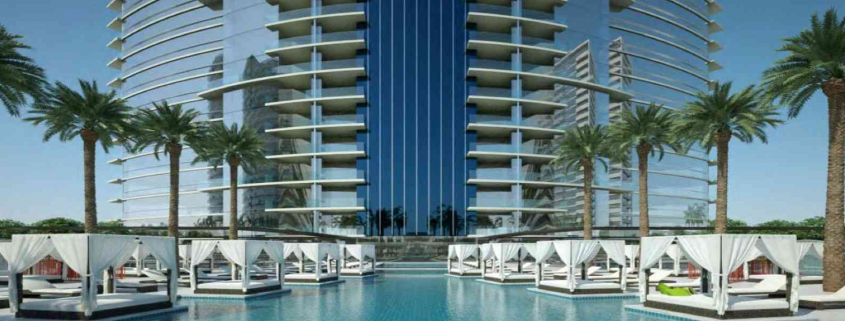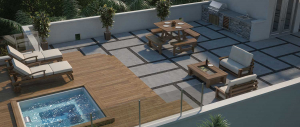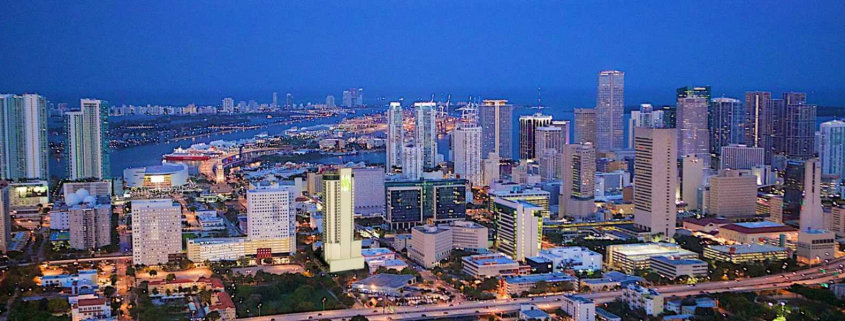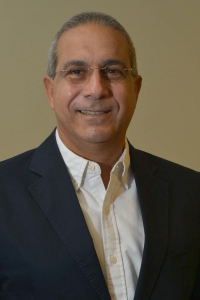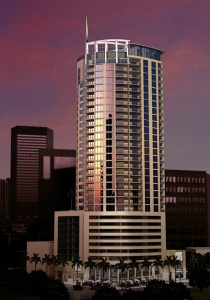Brazil is to the Miami real estate market as LeBron James was to the Miami Heat: a supernova phenomenon that lifted us to the greatest heights, but left difficult questions and painful longing in its absence.
And as the former MVP teased a dramatic comeback to the Magic City on his Instagram in July, Brazil appears doing the same.
In 2010, Brazilians rescued Miami from the biggest housing bubble this country has seen. They arrived on our shores and purchased troves of stagnant and deeply discounted real estate all the way from Doral to Miami’s beaches, at all price levels. It was like a tidal wave of cash that quickly soaked up a huge surplus of inventory, which some experts predicted would take a decade to completely sell out.
But it only took two years for Miami real estate to recover like nothing ever happened; much like it took James two years to bring Miami its NBA championship. It was the start of a new real estate boom that brought Miami renewed global attention.
(While many other countries participated in this spectacular surge, Brazil’s sheer size had the most impact of all. According to the CIA’s World Factbook, it is the fifth-largest country in the world; with more than 207 million people, the sixth-most populous; and it claims the world’s eighth-largest economy.)
Miami being Miami, where we build and sell real estate better than anywhere else, it quickly sold out that entire older supply of inventory, and then moved on to build thousands of new apartments and homes. It’s what we do. And we felt the pain of Brazil’s downfall as sharply as the Heat felt LeBron’s heartbreaking departure.
The Fall
According to the World Bank Group’s June 2017 report “Global Economic Prospects: A Fragile Recovery,” Brazil’s real Growth Domestic Product significantly declined in 2015, by as much as 3.8 percent. The effects were felt immediately in Miami with a sudden and steady decline in the number of Brazilian real estate buyers.
The numbers were not much better in 2016, when the GDP fell again, this time by an additional 3.3 percent. The country’s unemployment rates outpaced most other Latin American countries in that same year.
“In Brazil, rising unemployment, tightening financial conditions and continued political tensions extended deep declines in private consumption and investment,” the report adds.
Brazil was neck-deep in trouble, both politically and economically. It did not help that, as the United States emerged from the Great Recession and the dollar gained significant strength, the Brazilian real took a dive and the exchange rate between the two currencies went from two Brazilian reals for one dollar to a whopping four Brazilian reals in 2016. It was devastating — imagine that condo on the ocean you might be considering for $2 million suddenly doubling in price.
The Rise
After much turmoil and soul-searching, Brazil’s economy is finally showing signs of life. Its GDP is up 0.5 percent this year, and that number is expected to accelerate to 1.8 percent in 2018 and 2.12 in 2019, according to the World Bank Group report. And right on cue, wealthy Brazilian buyers have once again renewed their love affair with Miami real estate.
The Porsche Design Tower and Residences by Armani Casa in Sunny Isles Beach, are experiencing a remarkable new surge of buyers from Brazil.
Another indication of confidence in Brazil’s improving economy, as well as its love affair with Miami, was Avianca Brasil’s recent launch of direct flights between Sao Paolo and Miami.
That company’s president was quoted in Forbes saying, “…it’s still not clear how fast the recovery will come…but at the same time Brazil is a very big country with huge potential.”
There’s an important distinction with this year’s crop of Brazilian buyers. Those who made their investments earlier in the decade were buying in Miami just to get some of their money out of the country, and to have a pied-à-terre where they could spend the holidays and shop.
Many of these buyers are looking to permanently leave their country, as they are fed up with not only the economic and political climate, but also the lack of safety and stability. They are looking to move here permanently, and also buying businesses such as restaurants, stores, shopping centers and income-generating properties. They have little faith in their home country, and are looking to build new lives in America.
The Future?
Just as the Heat did not collapse when James returned to Cleveland, Brazilian buyers never truly stopped investing in Miami altogether. Even at its lowest point, the country has remained a staple on the monthly Miami Association of Realtors list of foreign countries that search for local real estate online.
Whether Brazil can reclaim and hold the top spot for a sustained period remains to be seen, but the hope here is that the country cleans up its act politically, maintains and improves its economic stability, and becomes a steady and more predictable source of investment in Miami real estate.
Source: Miami Herald


